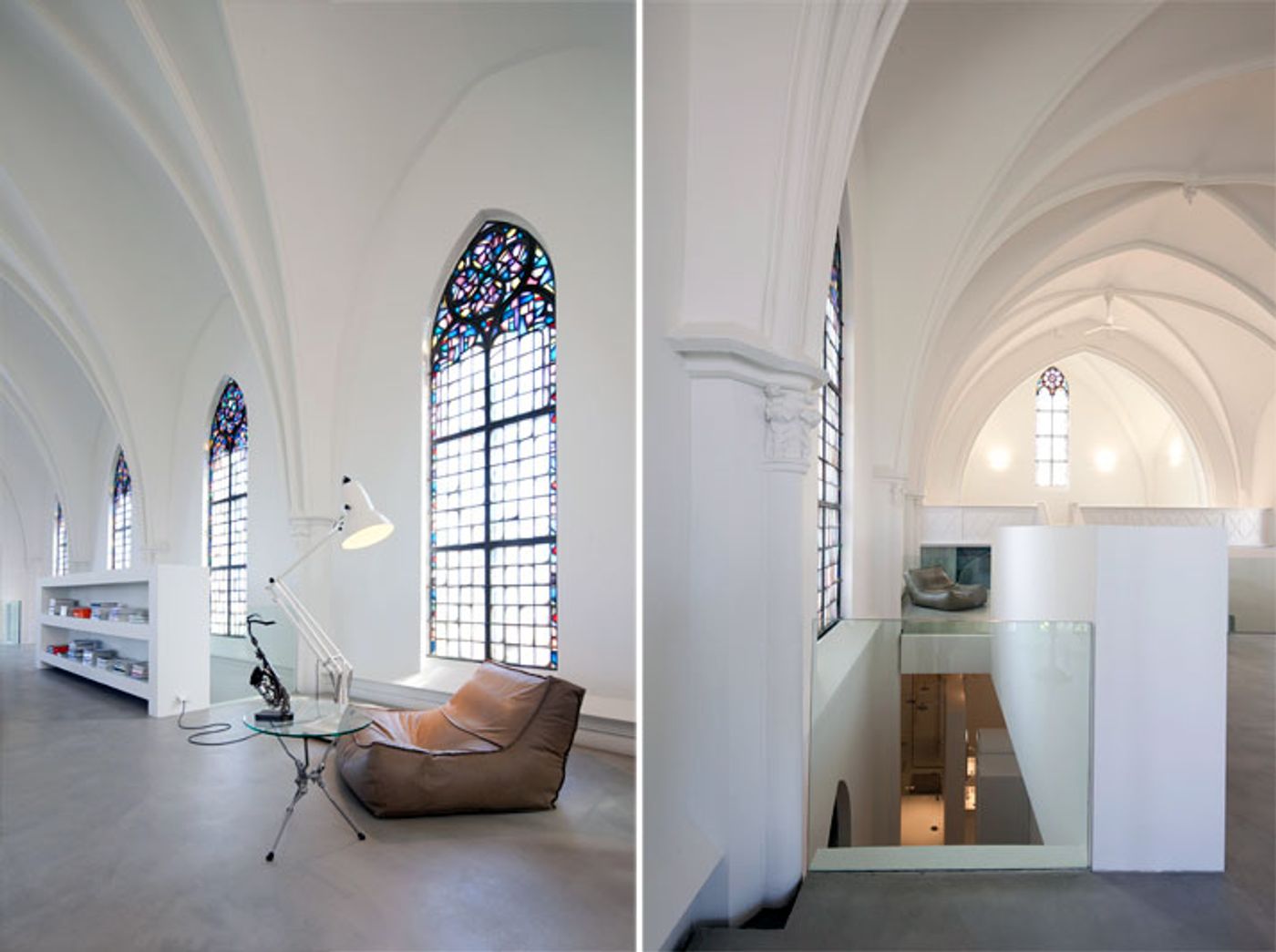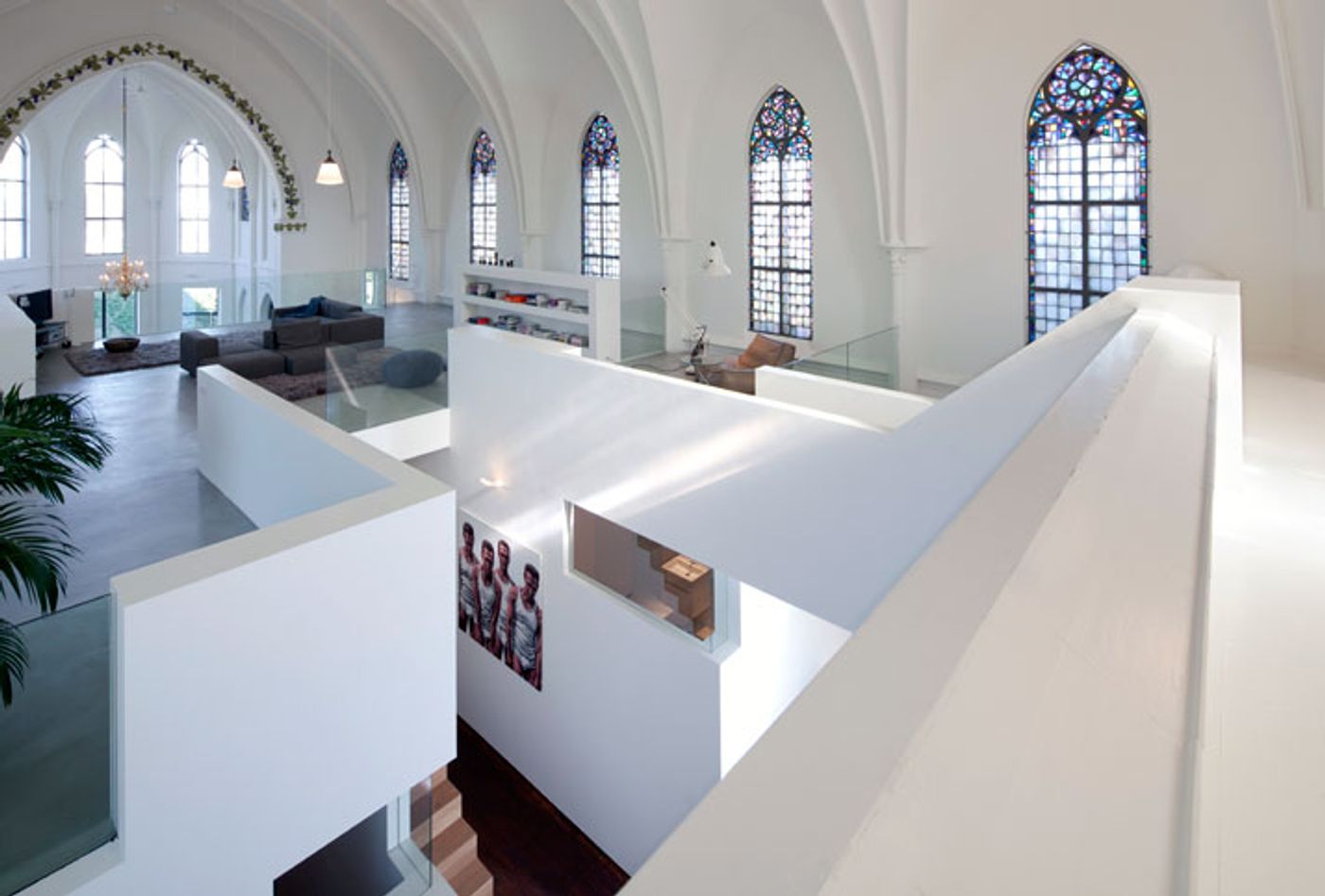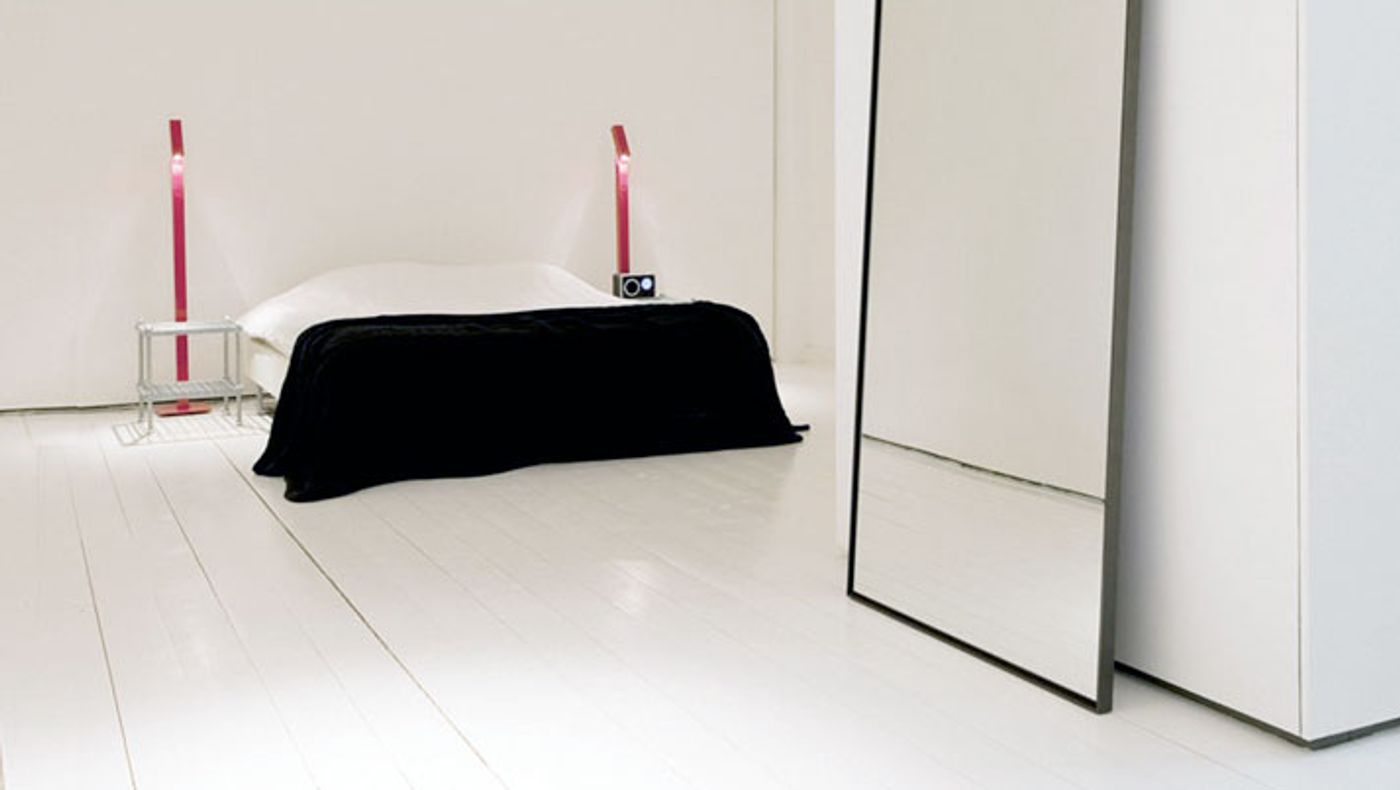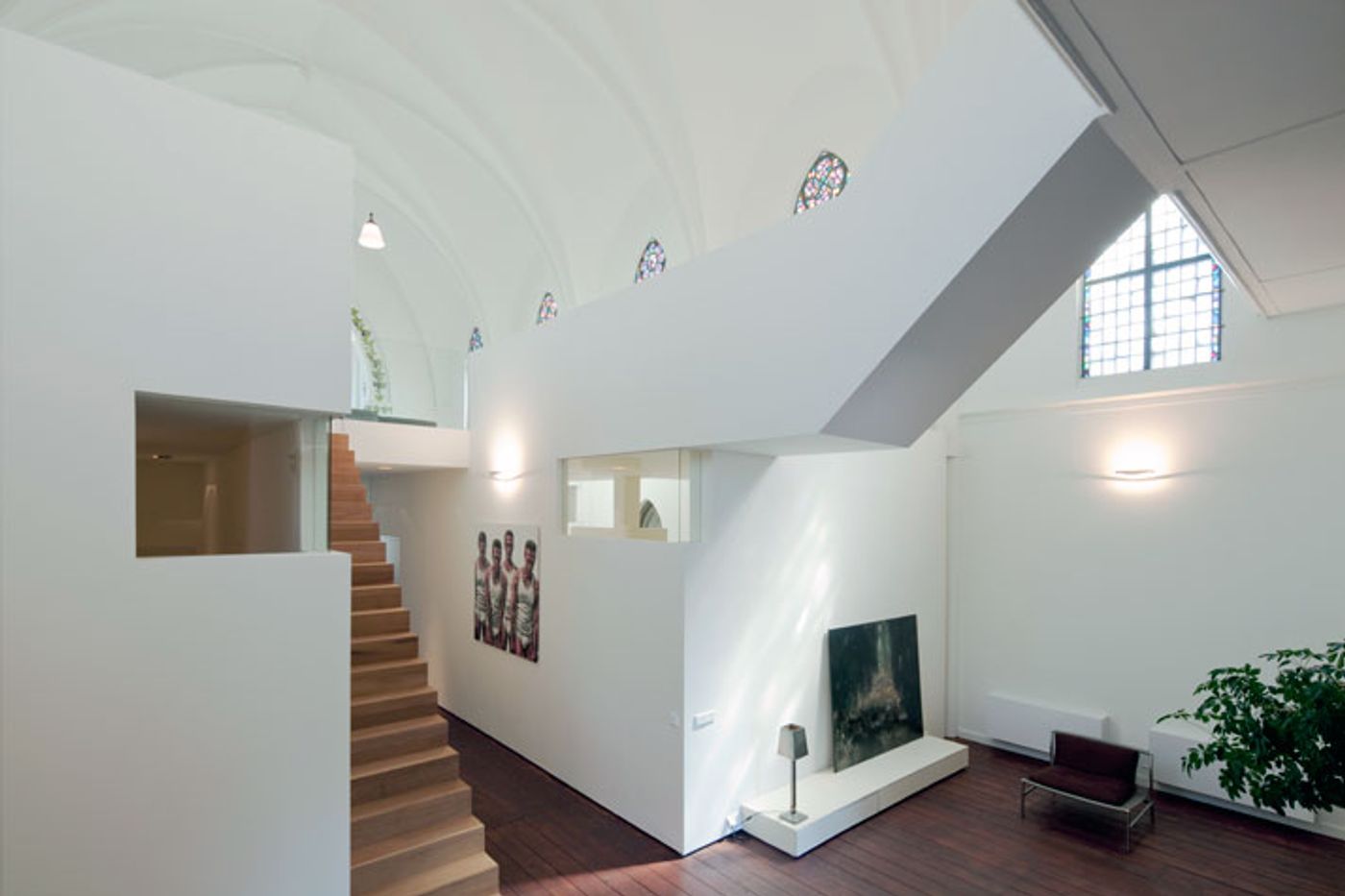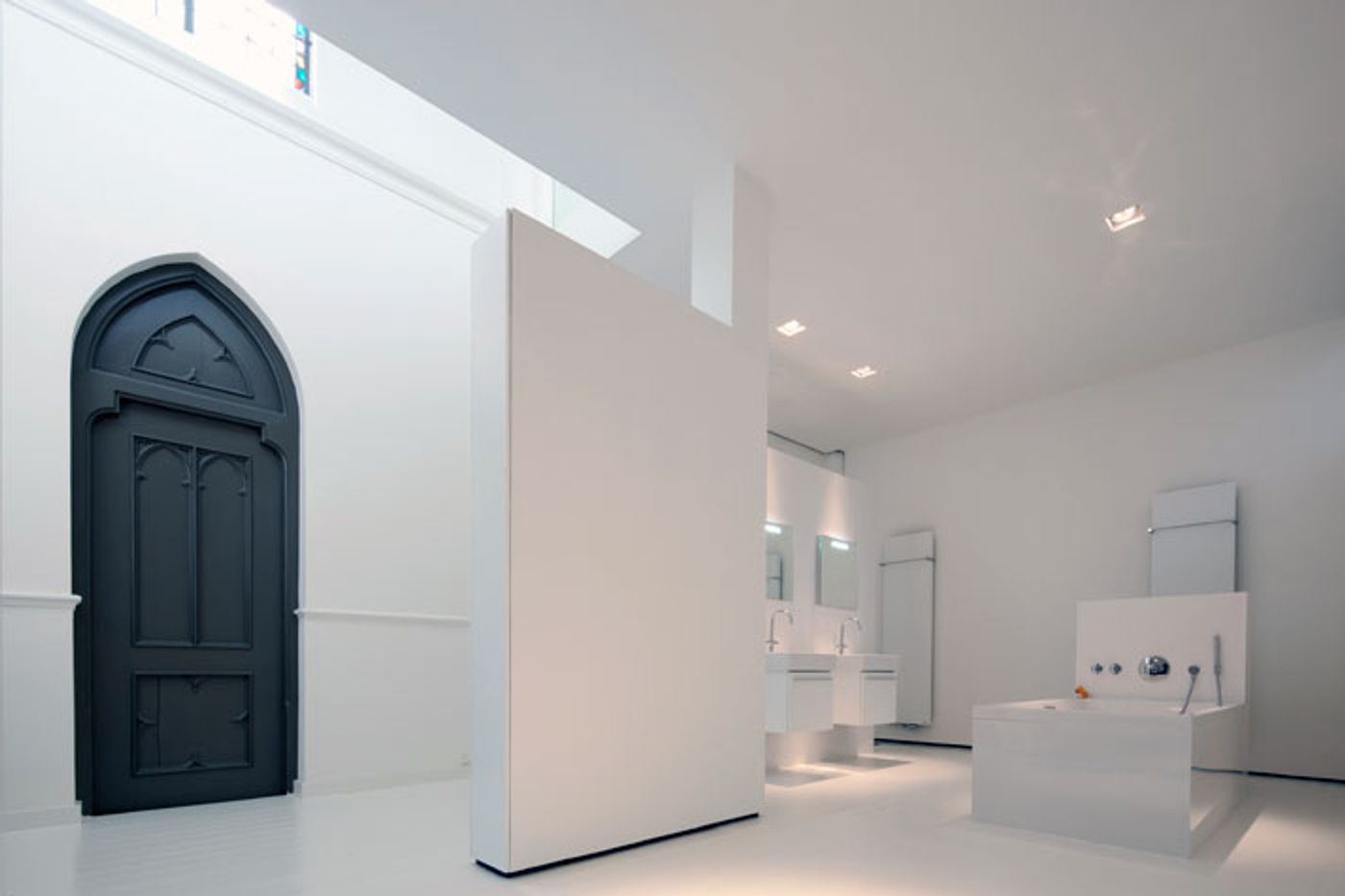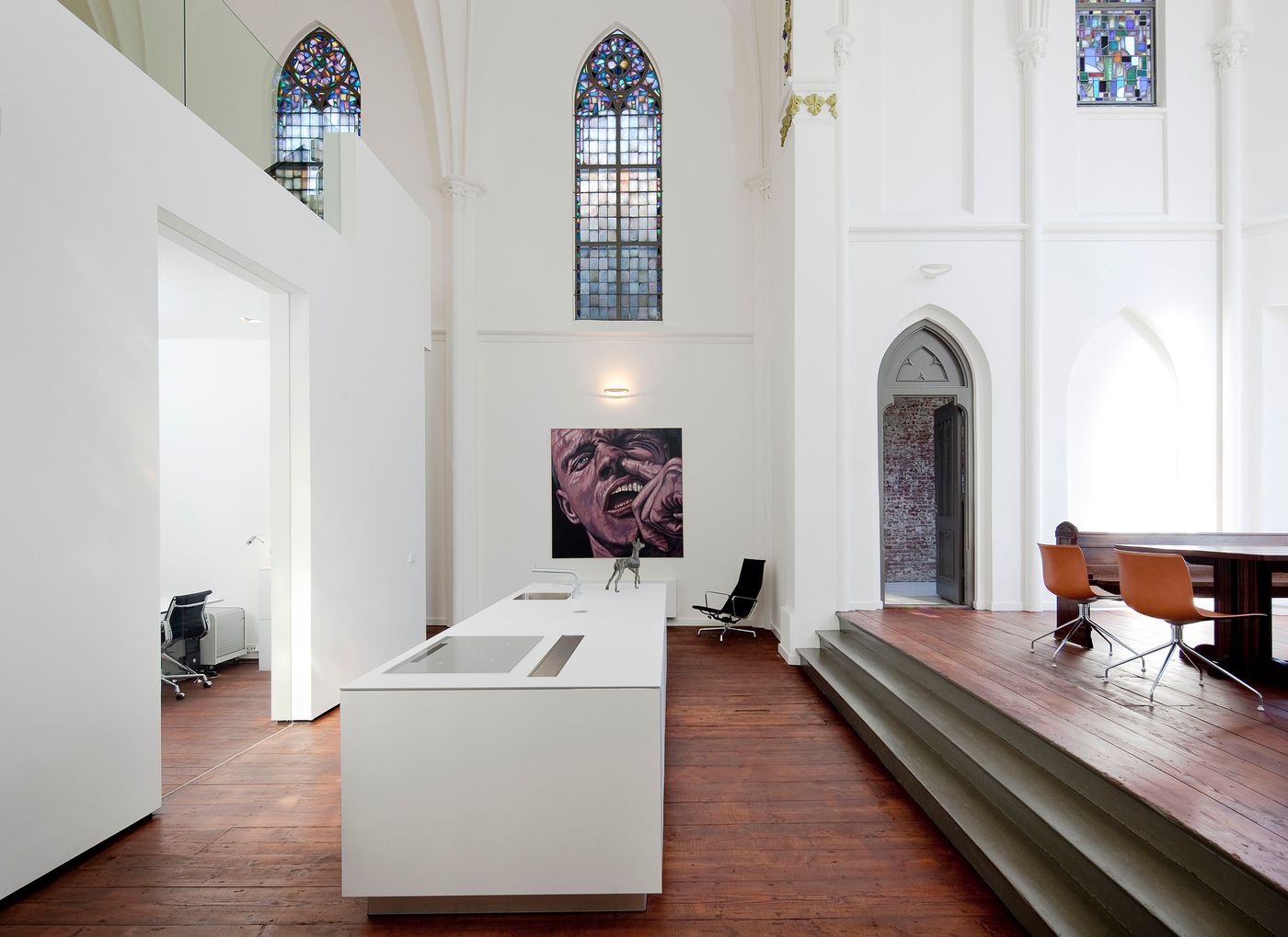
Church Conversion Into A Residence In Utrecht By Zecc Architects
Words by Marcia Argyriades
Location
Utrecht, The Netherlands,
Church Conversion Into A Residence In Utrecht By Zecc Architects
Words by Marcia Argyriades
Utrecht, The Netherlands,
Utrecht, The Netherlands,
Location
As times change, preserving cultural and architectural heritage often means reimagining historic buildings for modern purposes. In Northern Europe, declining church attendance has left many places of worship abandoned, creating opportunities for adaptive reuse. This is precisely the case with St. Jakobus Church in Utrecht, The Netherlands, where Zecc Architects transformed an 1870s church into a breathtaking residence that seamlessly blends history and modernity.
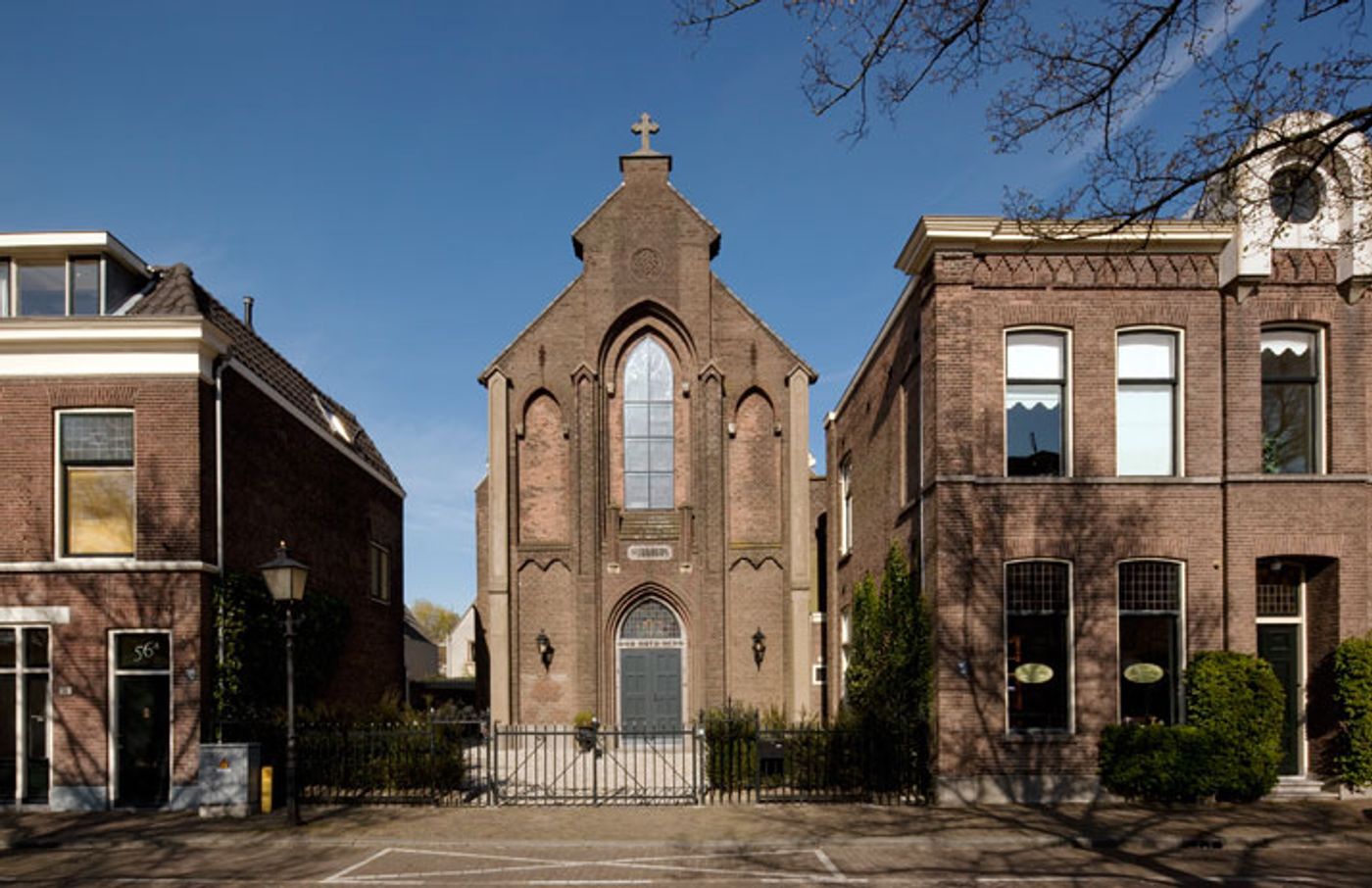
Photo © Frank Hanswijk.
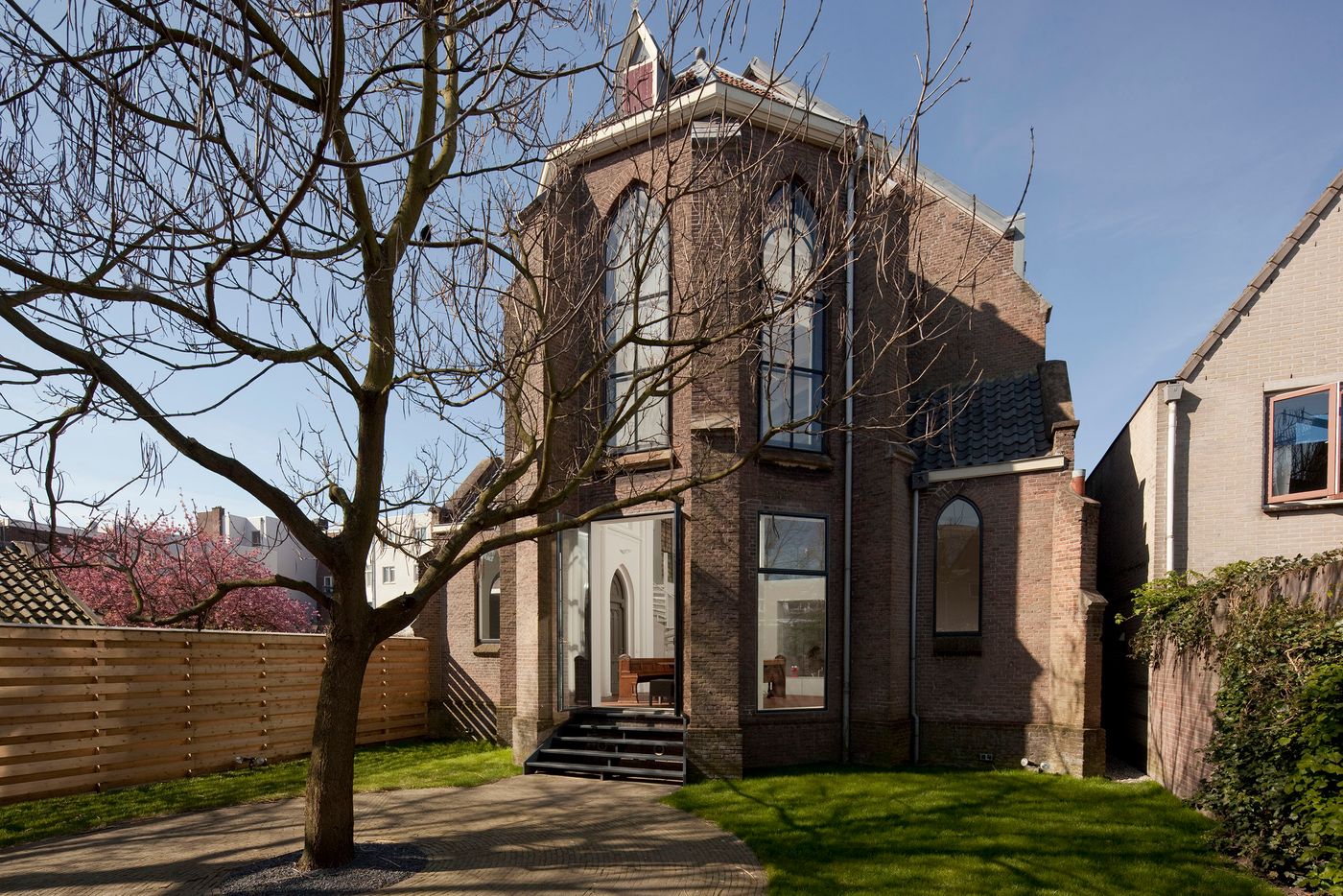
Photo © Frank Hanswijk.
The transformation of St. Jakobus Church was driven by a mission to preserve its architectural integrity while adapting it to contemporary living. The church, which ceased religious operations in 1991, had previously served as a showroom for antique furniture and a concert venue. A large mezzanine floor, installed during its time as a showroom, posed a significant challenge for Zecc Architects. To enhance the church’s spatial qualities and sightlines, the mezzanine was partially removed, allowing natural light to flow abundantly into the ground floor.
The resulting residence features a modern white volume entirely detached from the original church structure. This sleek, stucco-clad “temporary” insertion respects the church’s architecture and ensures that the space can be reconverted for other purposes, including a public building or even a place of worship. The residence’s circulation is carefully planned, connecting the open front to the rear of the church, where the altar once stood. The rear now houses the kitchen, featuring a standalone kitchen block, and the old church pews have been repurposed to create a dining table, adding a touch of heritage to the interiors.
Beneath the altered mezzanine floor, private spaces such as bedrooms, a study, and a bathroom have been created. Voids in the floor and walls bring indirect daylight into these lower-level spaces, maintaining an open and airy atmosphere. The living areas are bounded by inner patios, preserving the openness of the church while forming private zones. The spaciousness of the church is further emphasized by the careful preservation of key historical features, such as the original wooden floors, stained glass windows, and old doors, all of which were repaired and retained. Glass surfaces within the new volume offer dynamic reflections of the church’s architecture, creating a harmonious dialogue between old and new.
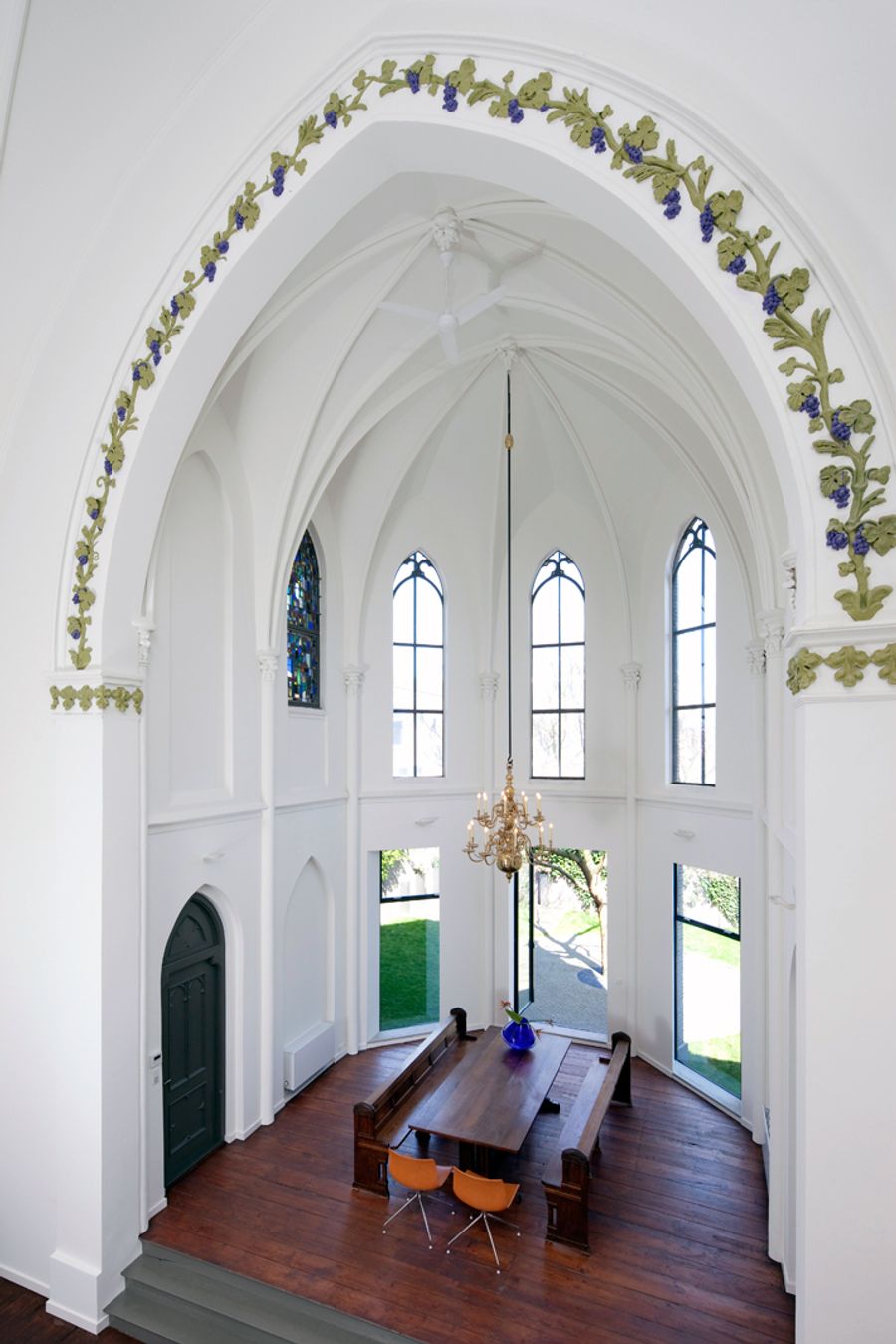
Photo © Frank Hanswijk.
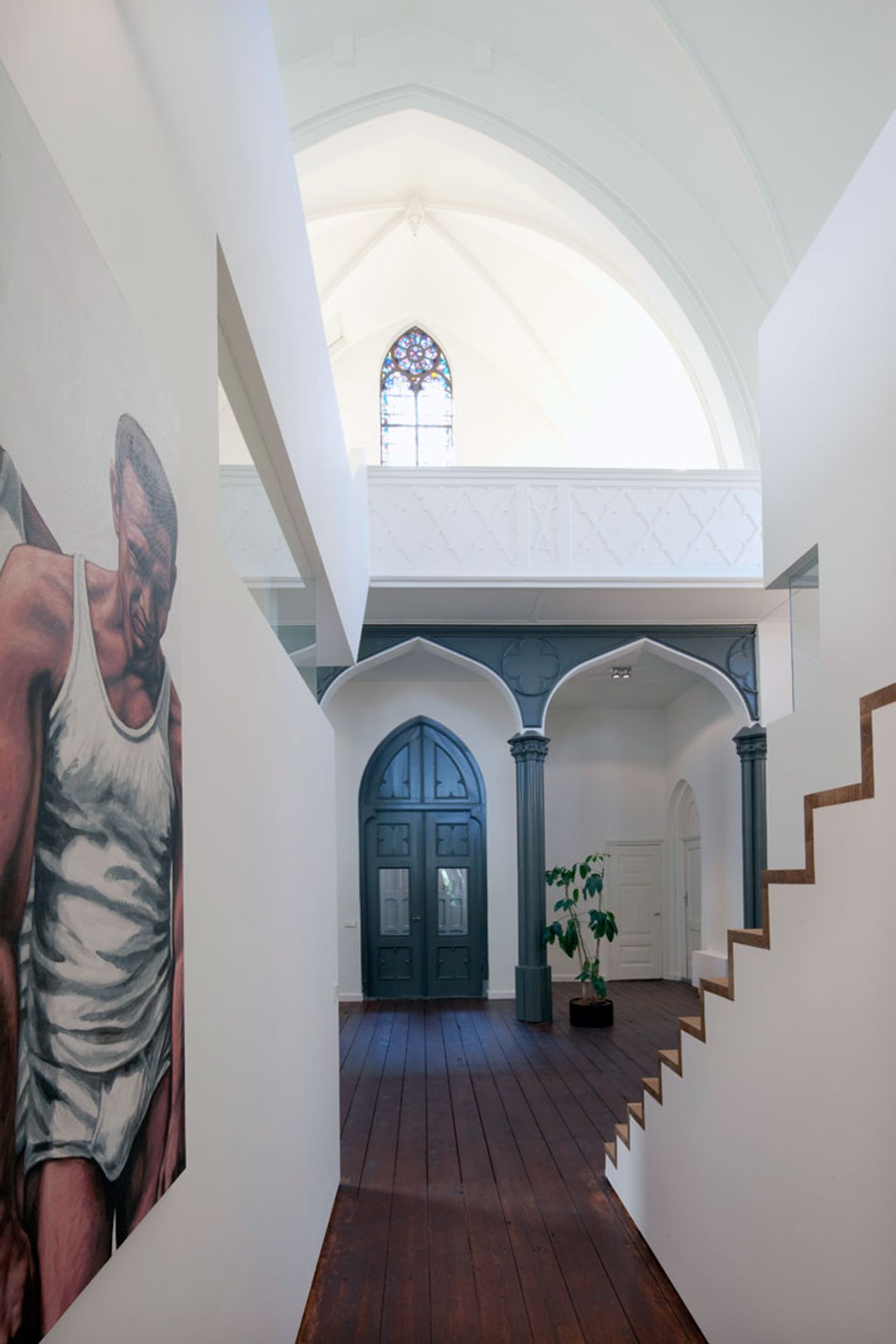
Photo © Frank Hanswijk.
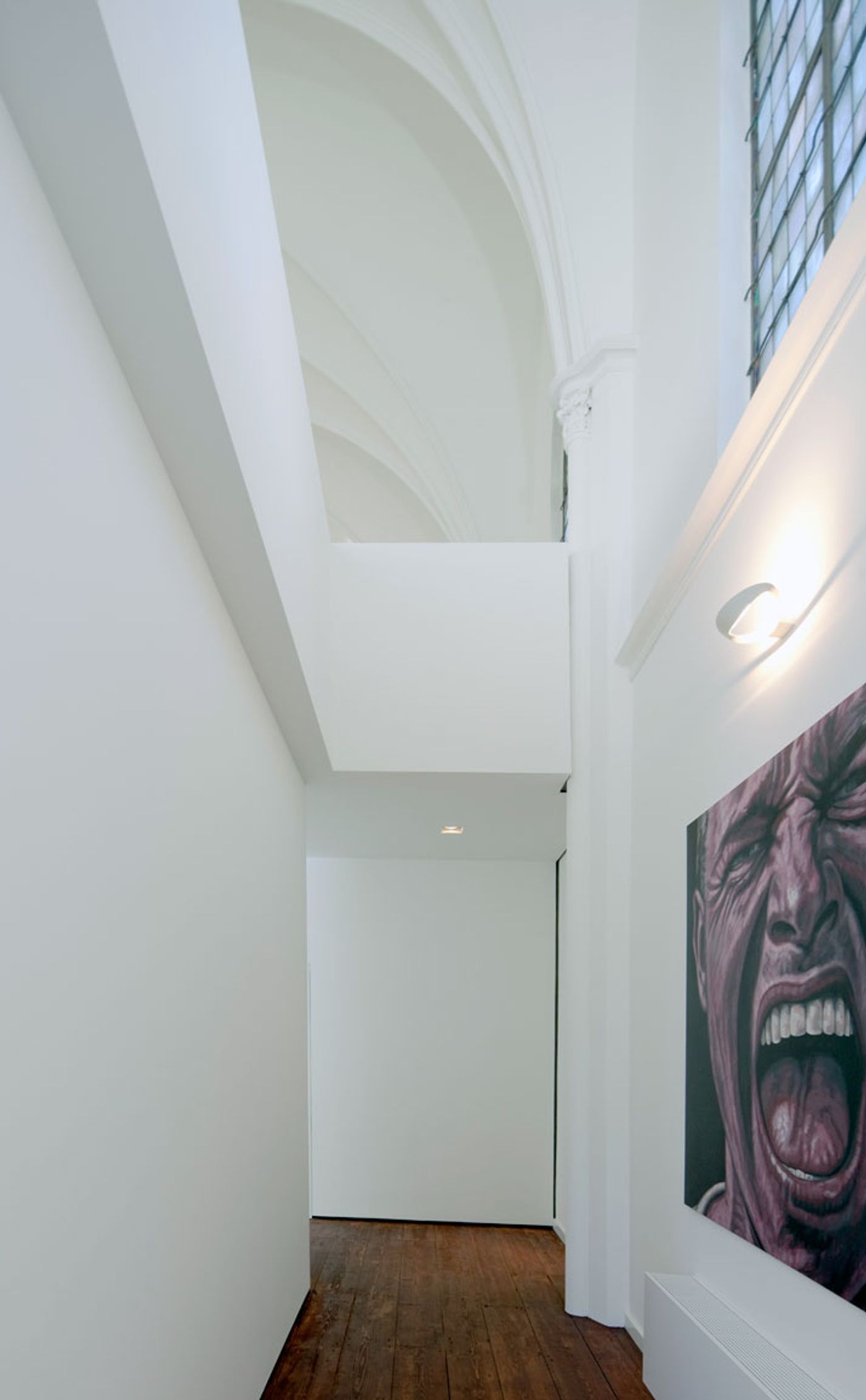
Photo © Frank Hanswijk.
The interiors of St. Jakobus Church balance simplicity and sophistication. Retained church features dominate, while modern design elements complement the space without overwhelming it. Contemporary furnishings such as sleek white sofas, a dining table crafted from pews, and subtle decorative touches enhance the residence’s charm. Abundant natural light accentuates the church’s vaulted ceilings and arches, preserving its majestic atmosphere. Open sightlines and clean lines highlight the grandeur of the original structure, while the modern volume creates functional living spaces that harmonize with the historical fabric.
Zecc Architects ensured that their design respects the historical significance of St. Jakobus Church while remaining flexible for future uses. The single-dwelling layout preserves the church’s spaciousness and avoids subdividing it into smaller units, which would compromise its architectural character. Under any new circumstances, the residence can easily be reconfigured for public use or even restored as a place of worship. This adaptability ensures that the church continues to serve the community in a meaningful way for generations to come.
St. Jakobus Church stands as a shining example of how historical structures can be reimagined with respect and creativity. Zecc Architects’ thoughtful design preserves the church’s architectural grandeur while transforming it into a modern residence that honors its past. This conversion not only safeguards the building’s history but also demonstrates the enduring potential of adaptive reuse in contemporary architecture.
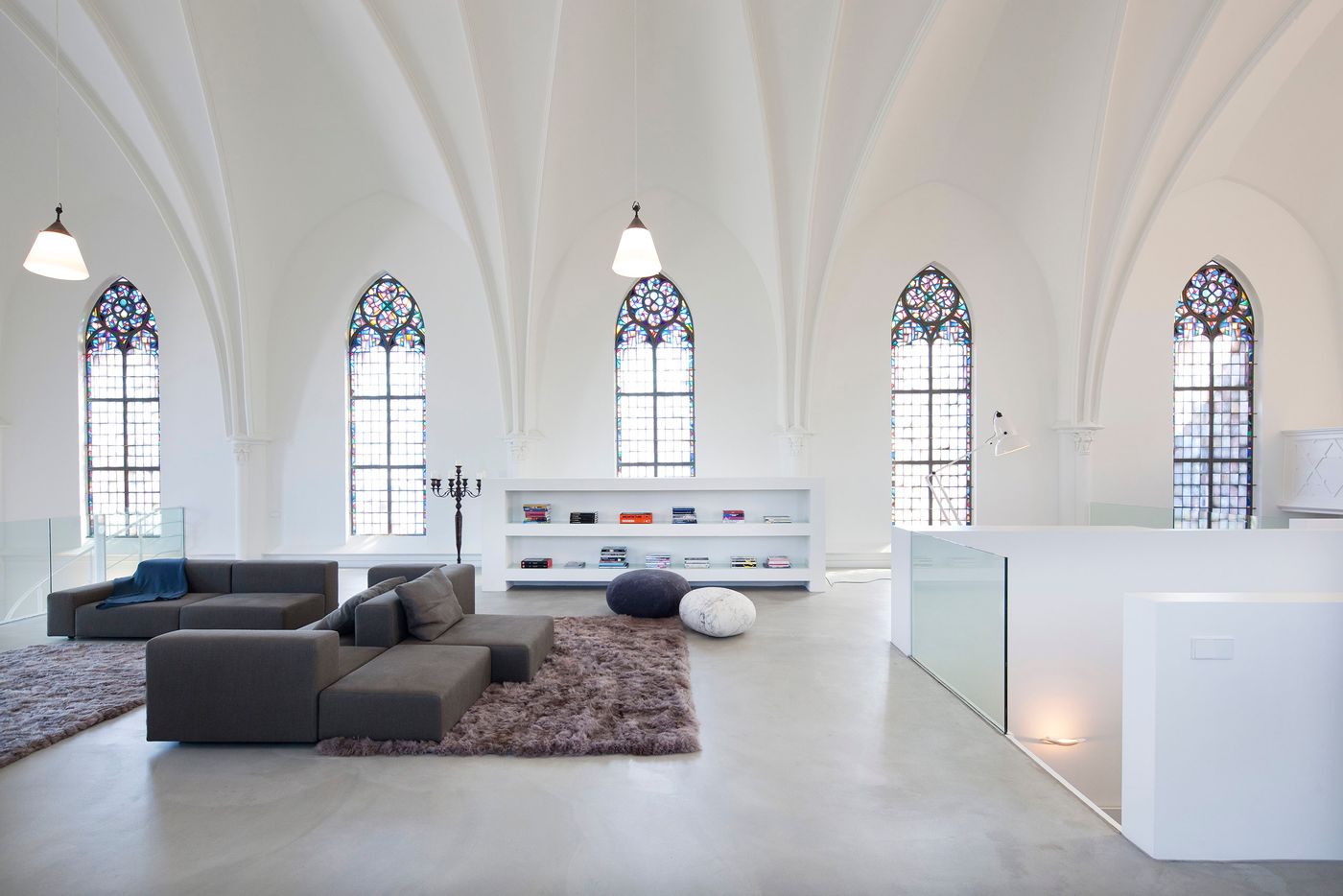
Photo © Frank Hanswijk.
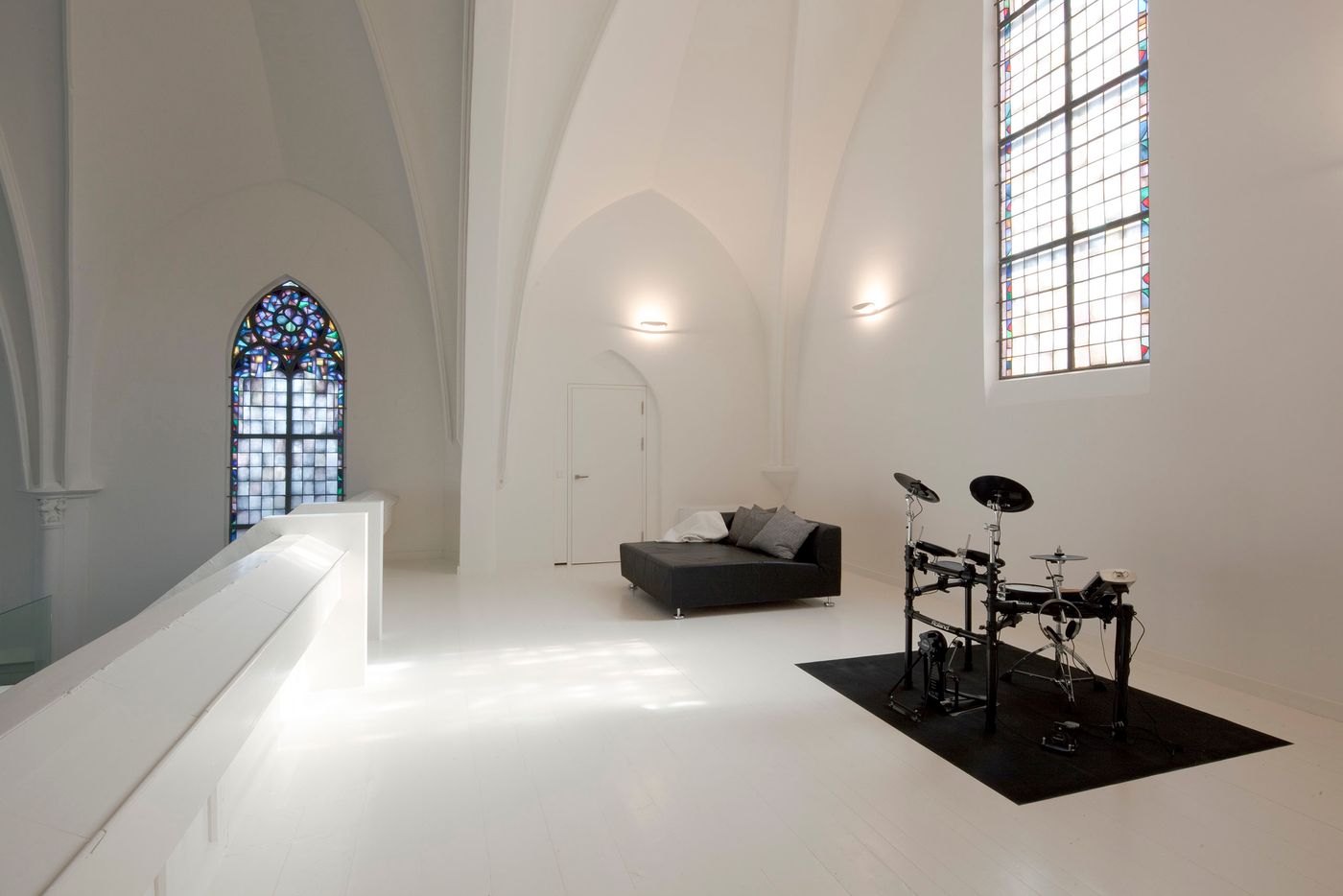
Photo © Frank Hanswijk.
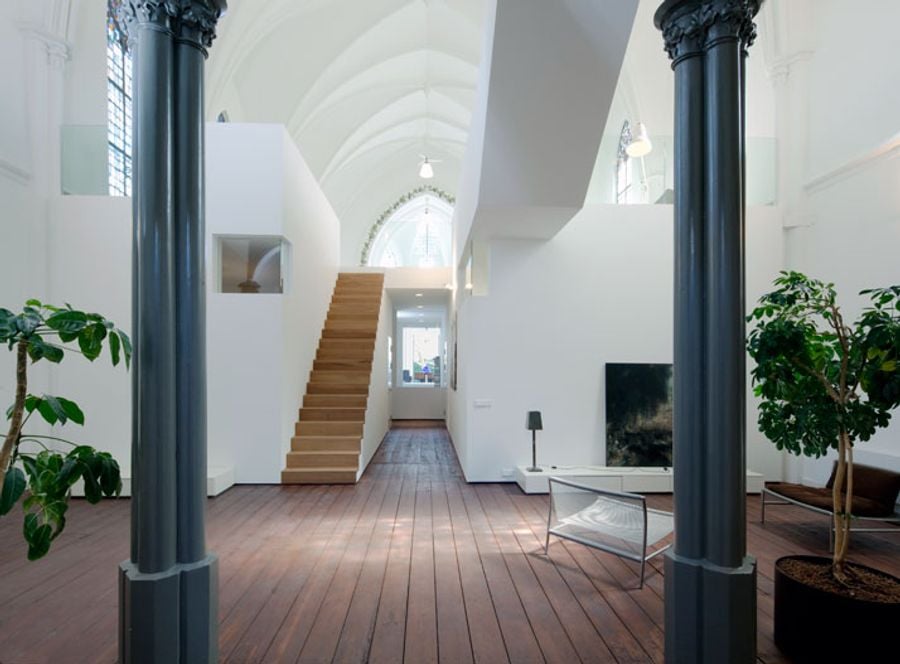
Photo © Frank Hanswijk.
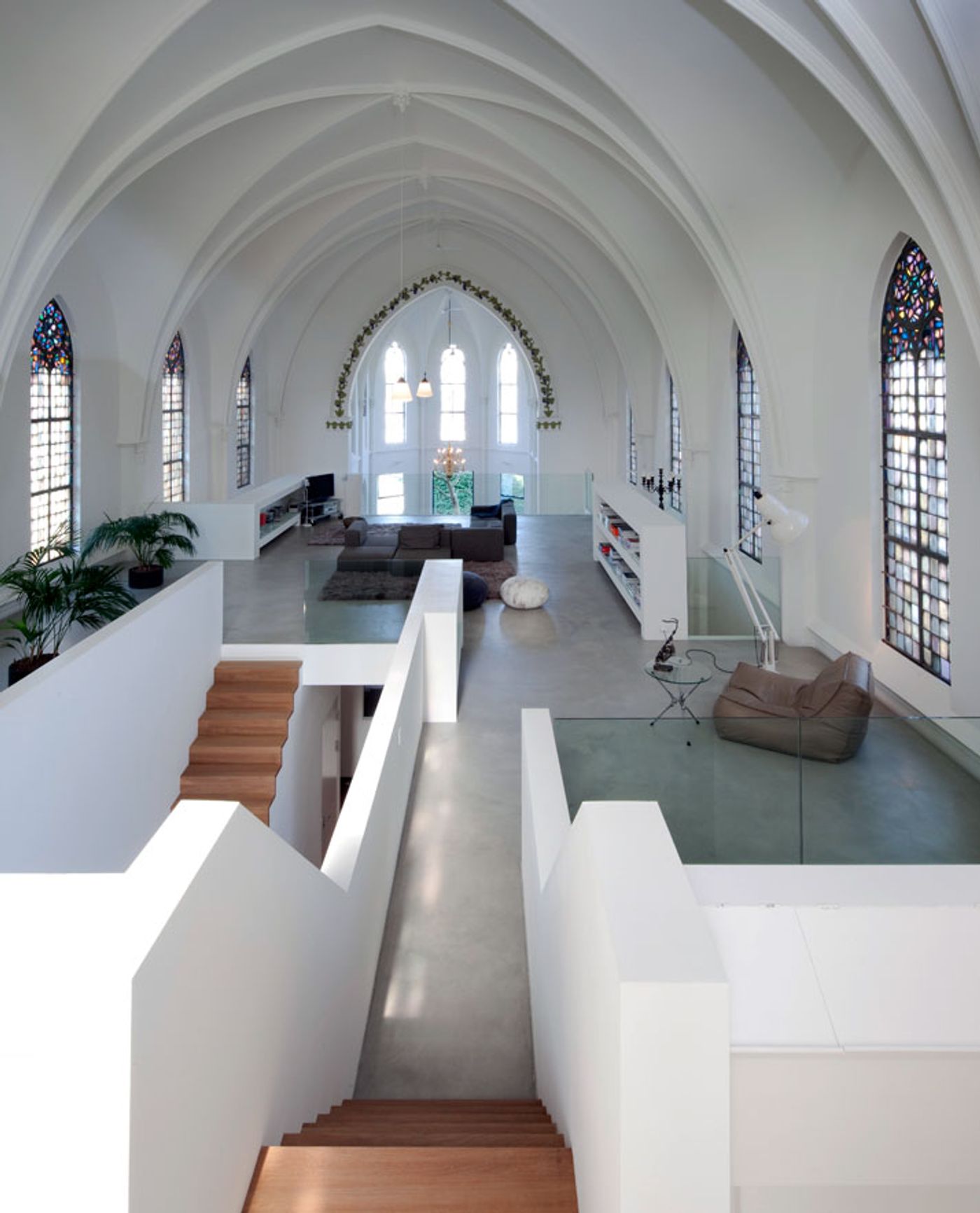
Photo © Frank Hanswijk.
